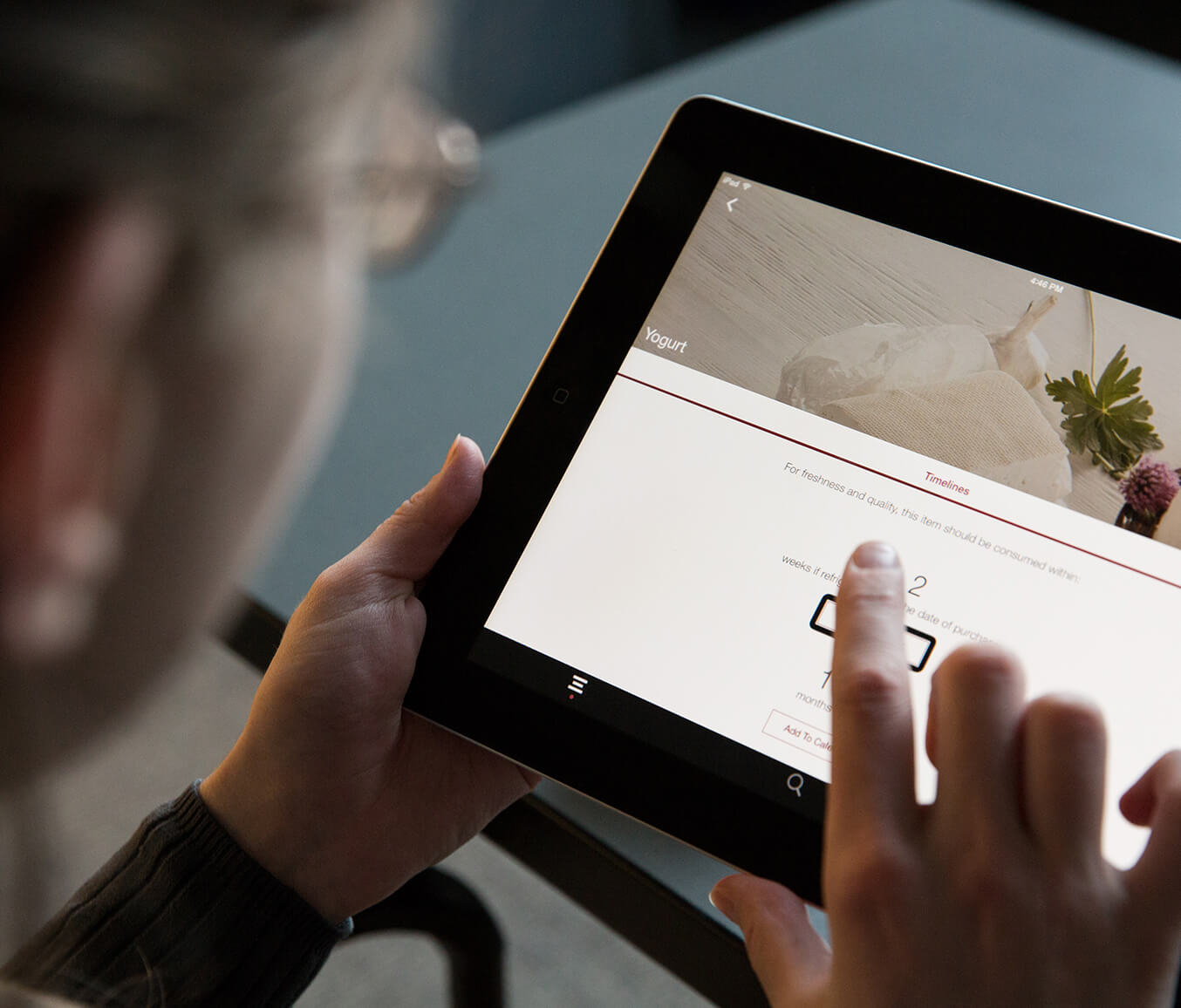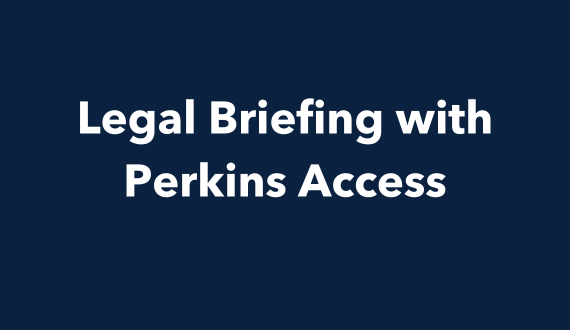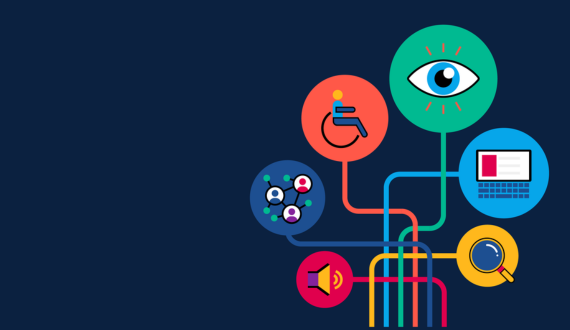What you need to know about WCAG standards
Share

How to get started with WCAG
Since 1999, the Web Content Accessibility Guidelines (WCAG), developed by the World Wide Web Consortium (W3C) in partnership with individuals and organizations around the world, have provided the de facto standards for making digital content accessible to people with disabilities.
In its infancy, WCAG focused exclusively on HTML, but still gave people instant access to a world full of information. Because digital technology evolved at such a rapid pace, WCAG version 2.0, released in 2008, reframed the guidelines more broadly, so they could be applied to rich internet applications, software and streaming media.
To keep up with the pace of technological evolution, particularly with regard to mobile and touchscreen devices, WCAG version 2.1 was published in 2018, to ensure information and communication technology remained accessible to people with disabilities. WCAG 2.1 was adopted around the world, including by the three official European Standards Organizations, who integrated the guidelines into their standards for information and communication technology products and services.
The next update to the Web Content Accessibility Guidelines, WCAG 2.2, is currently in draft form and is expected to be published in the fall / winter of 2023. You can keep up with WCAG 2.2’s progress, as well as read about its new success criteria, at the WCAG 2.2 page on the Web Accessibility Initiative (WAI) site.
What to expect from WCAG 2.2
What has changed?
It’s important to understand WCAG 2.2 is an extension of 2.1, not a replacement. That means if you’ve relied on 2.1 standards to make your website or application accessible, you’re already most of the way there. Version 2.2, though, adds 9 new success criteria to the 78 already specified in WCAG 2. These new success criteria address accessibility barriers related to keyboard accessibility, controls, input mechanisms, and navigation.
Should your organization meet the new standards?
If you’ve already undertaken the effort to make your digital channels accessible based on WCAG 2.1, you should continue to do so. If you’re in the early stages of creating or redesigning a website or mobile app, it’s a good idea to follow the progress of WCAG 2.2, so you can be prepared when the final version is released later this year. This will help ensure your digital channels are optimized for all platforms, benefiting not only people with disabilities, but all users who wish to do business with your company via any means, from mobile devices to laptop and desktop computers. If you need help meeting WCAG, contact us to understand where you are today and how you can improve.
What to expect from WCAG 3.0
The W3C Accessibility Guidelines 3.0, which will be known as WCAG 3.0, will be the next release of the Web Content Accessibility Guidelines after version 2.2 is published. As with previous versions, WCAG 3.0 will continue to guide authors, developers and designers as they work to create accessible digital assets of all types. WCAG 3.0 will also incorporate some material from two other W3C recommendations: the User Agent Accessibility Guidelines (UAAG 2.0), and the Authoring Tool Accessibility Guidelines (ATAG 2.0). And while WCAG 3.0 does not invalidate WCAG 2.1 or 2.0, the new guidelines will follow different testing, conformance and scoring models than before.
WCAG 3.0 is currently in development and will be published as a W3C recommendation within the next few years. You can follow its progress, as well as read current working drafts, on the WAI’s WCAG 3.0 page.
Need help?
Perkins Access partners with organizations all over the globe to improve digital accessibility and meet WCAG standards. If you’re ready to embrace digital accessibility the right way, we can help. Get in touch today.
Gary Aussant is the director of digital accessibility with Perkins Access.




